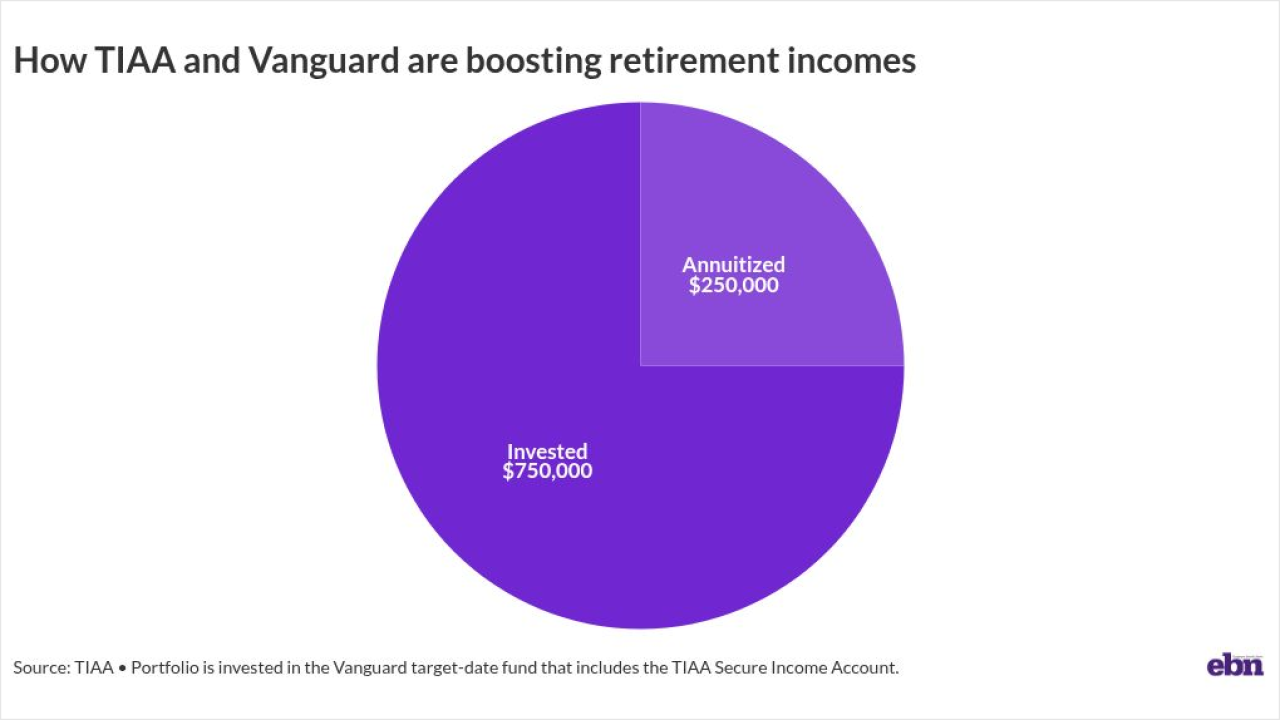It is easy to assume that the head of a health and well-being company must have his own work-life balance figured out. Speaking with Virgin Pulse CEO Chris Michalak, you'd be sure of it. But the road to successfully managing a leader's responsibilities and self-care has been over 20 years in the making, paved with dedication, long hours, burnout and faith.
"For some people, career really matters; for others, friends really matter," the executive says. "You have to make decisions about your priorities relative to the outcomes you're looking for."
Prior to joining Virgin Pulse in 2021, Michalak's sole focus was getting to the office by 5:00 a.m. and grinding through the workday. Now he arrives around 7:00, and is focused on living up to his organization's mantra: Helping people lead happier, healthier lives — including himself.
Read more:
Michalak's own journey toward work-life balance began in 2006, when he became a single dad and primary caregiver to his four- and six-year-old children in the midst of building his career. This new primary focus would shape his life for the next decade and, after some soul-searching, lead him to where he is today.
"I was still very ambitious," he says. "You have to have absolutely clear priorities. In that year of my life, I defined mine as raising my children and loving them, and being the best contributor at work that I could possibly be."
For managers, figuring out what a healthy balance looks like
Michalak is no stranger to this disconnect. Before making the move to Virgin Pulse, his old routine finally caught up with him, and he knew it was time for a change.
"I let it just absolutely grind me into the ground," he says. "When you're in it, you're defining your value by how hard you work and your ability to be involved in so many things."
After leaving his previous position, he took a year off before joining Virgin Pulse, and has since worked to recalibrate the way he approaches the day.
"I've gotten my schedule into a manageable place — I probably captured three hours back into my life, and that is time for relationships, time for healthy behaviors, time for my family. At the same time, I'm equally as effective at work and a better example for my staff and the entire company."
Read more:
'You are No. 1'
As employees seek to establish more stability between their personal and professional life, it is only natural that they look to their leaders for an example of what is acceptable within their organization. For this to be successful, those in charge must be capable of living a balanced life of their own, says Pamela Mattsson, SVP of people and organizational development at sales company Outreach. This can be extremely challenging; typically, the higher the role, the more there is to juggle. She, too, stresses the need for managers to prioritize.
"It's obvious from an intellectual standpoint, but not when it comes to inserting it into the rhythm of business," she says. "You have to move from, 'I have to' to 'I choose to,' and from 'It's all important' to 'Only a few things really matter.' That means reacting to what's most pressing, to pause and to discern what really matters."
To ensure this philosophy is part of Outreach's work culture across all levels, executives developed a "One List," where they meet to decide whether or not a client's request can be met without overextending the various individuals and teams within the company. If the project is seen as doable, it is all-hands-on-deck, but if it means pushing workers in a way that may be damaging to their wellbeing,
"My philosophy is to see the soul behind the role," she says. "You're No.1; you're a human beyond anything you might produce for this team for as long as you're on it. You are not your title."
For managers to trust that it is okay to delegate at work, take time for themselves, or seek help to manage their well-being, a foundation of openness and teamwork is necessary. One in four employees doesn't trust their employer, according to recent research from MIT. To counter this, top leadership can work to promote communication and connection by sharing their experiences with work-life balance and relatable struggles they face in everyday life.
Michalak is transparent about utilizing one of his company's health and well-being coaches, while Outreach's CEO has shared his parenthood journey and use of company offerings with his workforce.
"We have a night doula benefit, and our CEO used that and wrote about it in his weekly email — how sleep deprivation is one of the hidden costs of parenthood and how hard it is, and what a gift Outreach gave to him and his wife," Mattsson says. "There's a realness and honesty [that] we are more than our jobs, which ironically and counterintuitively makes us better at our jobs."
Read more:
Think of yourself like an engine
John Hallock, chief communications officer at health navigation platform Quantum Health, looks back on his early career in PR with fondness as he speaks about growth opportunities and bosses who shaped his view on working hard at the things you love. Now married and a father, he uses these experiences to be a supportive leader, a communicative spouse and a dedicated parent.
"I want to pick up my son from school every day," Hallock says. "That's blocked off; I try not to touch that, ever. Then we have family time, and everybody knows that around 8:30, I'm back at it, doing the things I need to do for the [next day]. Preparation is key."
Like Michalak, Hallock says work-life balance means figuring out what you want, and having the discipline to achieve it. A former college athlete, exercise is an important part of his daily routine, and something that helps motivate him to wake up early, decompress and feel good for the remainder of the day. His experience playing a collegiate sport is also what helped lead to self-awareness as a working professional.
"You had to get up early and put a ridiculous amount of time in practice," he says. "It also requires you to understand that you need to balance your life, otherwise you will absolutely burn out, and that's real in any profession. If you're thinking of yourself as an engine, you have to figure out what gets my RPM up to a place that is not sustainable, and what gets me down to a place that is sustainable, and be able to recognize those signposts so that you can manage it."
By being honest about what works best for their lives, employees — managers included — are finding that they are becoming better in both a
"If you're growing in aspects of well-being, you're probably putting yourself in a great position to bring something back to the work environment in a positive way," says Michalak. "My personal health and well-being, my priorities, the way I lead, and the way we're forming our culture to create the kind of company we want to be for our people and for our clients — all of that gets interconnected."






